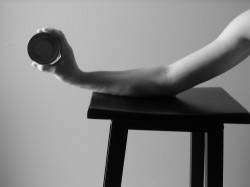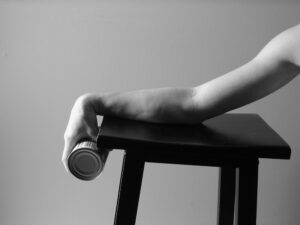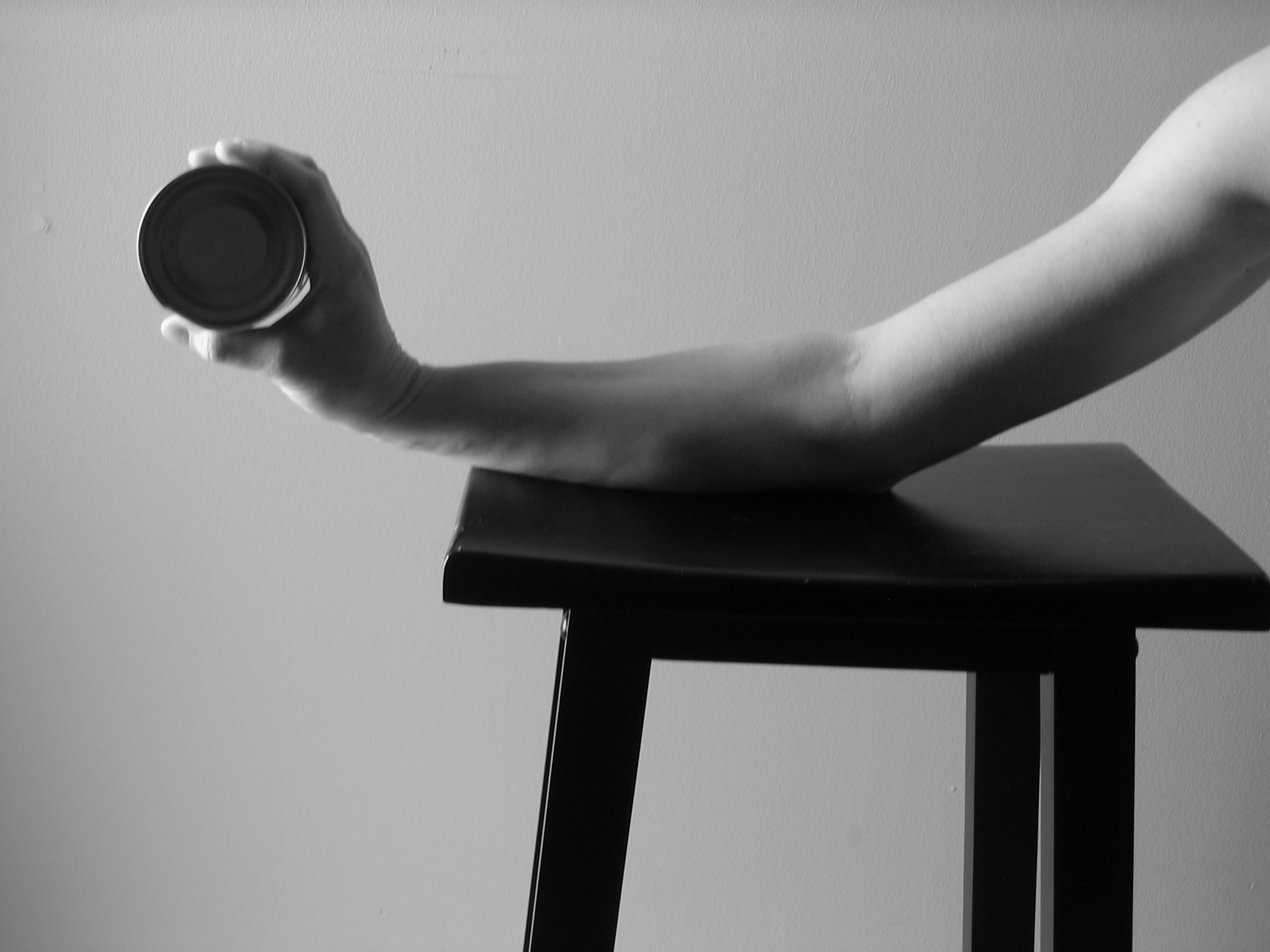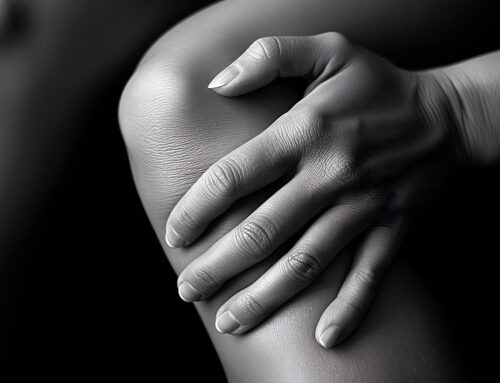Tennis Elbow Physiotherapy
Every sport has its own set of demands on the body. From previous blogs we’ve learned that hockey players are somewhat prone to adductor injuries and swimmers often experience shoulder impingement. For this blog, we’re going to examine the common and problematic condition of lateral elbow and arm pain experienced by many tennis, squash and racquetball players.
Tennis Elbow / Lateral Epicondylitis
Tennis elbow or lateral epicondylitis are common terms used to describe pain around the lateral area of the elbow and arm. Some people get it confused with medial epicondylitis or golfers elbow, which are similar conditions affecting the inside of the elbow. In a previous blog entitled “Tendinosis, Tendinitis or Tendinopathy” we learned that tennis elbow is not an inflammatory injury, so the commonly known term of epicondylitis is a misnomer. A more current term for tennis elbow would be tendinosis or tendinopathy of the wrist extensors.
Causes of Tennis Elbow
At the present time, the most accepted explanation for the pathology of tennis elbow is that repeated contraction of the wrist extensor muscles (particularly the extensor carpi radialis brevis) causes microscopic tearing in the tendon. Eventually, this can progress to the degenerative condition called tendinosis (or tendinopathy). For tennis, squash and racquetball players, the vibration transmitted from the racquet to the arm during contact is injurious. Although the backhand stroke is the most problematic, forearm strokes and gripping of the racquet can also aggravate the condition. But what else has the published, peer reviewed literature taught us about tennis elbow and treatment for tennis elbow?
Tennis Racquets and Elbow Pain
Racquets have certain properties that can be modified to assist in limiting the progression of tennis elbow. Decreasing the string tension and using a stiffer racquet causes less vibrational force to be transmitted up the arm. Contact point of the ball also makes a difference; when the ball contacts the “sweet spots” of the racquet there is less vibration. Beginners tend to hit the ball too close to the hand and they also tend to grip the racquet too forcefully, both which are problematic for the extensor tendons. Given these findings, it may be helpful for those players prone to this injury to consult with a coach or professional who can assist in modifying equipment and technique.
Exercises for Tennis Elbow
While there has been much talk in the literature about the non-inflammatory nature of these tendon injuries, there is also a newfound interest in the value of eccentric exercise for the treatment of tennis elbow (and golfers elbow for that matter). Eccentric contraction of a muscle involves lengthening a muscle / tendon unit while placing it under tension. An easy to understand example would be the lowering phase of a bicep curl, where the bicep muscle is under tension while lengthening. Eccentric exercise has been shown in many studies to be helpful in remodeling damaged tissue in tendinosis injuries. For the geeks out there, it counteracts the failed healing response by promoting collagen fiber cross-linkage formation within the tendon.
Eccentric Strengthening for Elbow Pain
Below you will find a suitable exercise for eccentric training related to tennis elbow. Keep in mind however, that although there has been some research published that supports this approach, there is still lots of research that needs to be done before it can be considered a definite recommendation for tendinosis injuries.
In the starting picture on the left, the extensor tendons are shortened and the elbow is slightly flexed. Slowly lowering the can will elongate the extensor tendons while placing them under tension. The picture on the right is the ending position. To repeat the exercise, place the can in the other hand while the exercising hand returns to the starting position. This allows the injured tendon to shorten again without resistance. Place the can back on the injured side and repeat the lowering (eccentric) phase of the exercise.
Elbow Pain Treatment
As always, we recommend that you have your injury properly examined by a healthcare professional that is qualified to diagnose your condition (like a chiropractor) before you try any exercises. Although eccentric exercises can be helpful for tendinosis injuries, they can easily aggravate injuries, including other conditions that mimic tennis elbow. Our clinic has Chiropractors and Physiotherapists who treat these injuries on a regular basis. For more information please call our clinic at 905.220.7858 or email us at [email protected].
References
Bunata RE, Brown DS, Capelo R. Anatomic factors related to the cause of tennis elbow. The Journal of Bone and Joint Surgery Am. 2007; 89: 1955-1963.
Croisier JL, Foidart-Dessalle M, Tinant F, Crielaard JM, Forthomme B. An isokinetic eccentric programme for the management of chronic lateral epicondylar tendinopathy. British Journal of Sports Medicine 2007; 41: 269-275.
Hennig EM. Influence of racket properties on injuries and performance in tennis. Exercise and Sport Sciences Review 2007; 35: 62-66.
Woodley BL, Newsham-West RJ, Baxter DG. Chronic tendinopathy: effectiveness of eccentric exercise. British Journal of Sports Medicine 2007; 41: 188-199.










